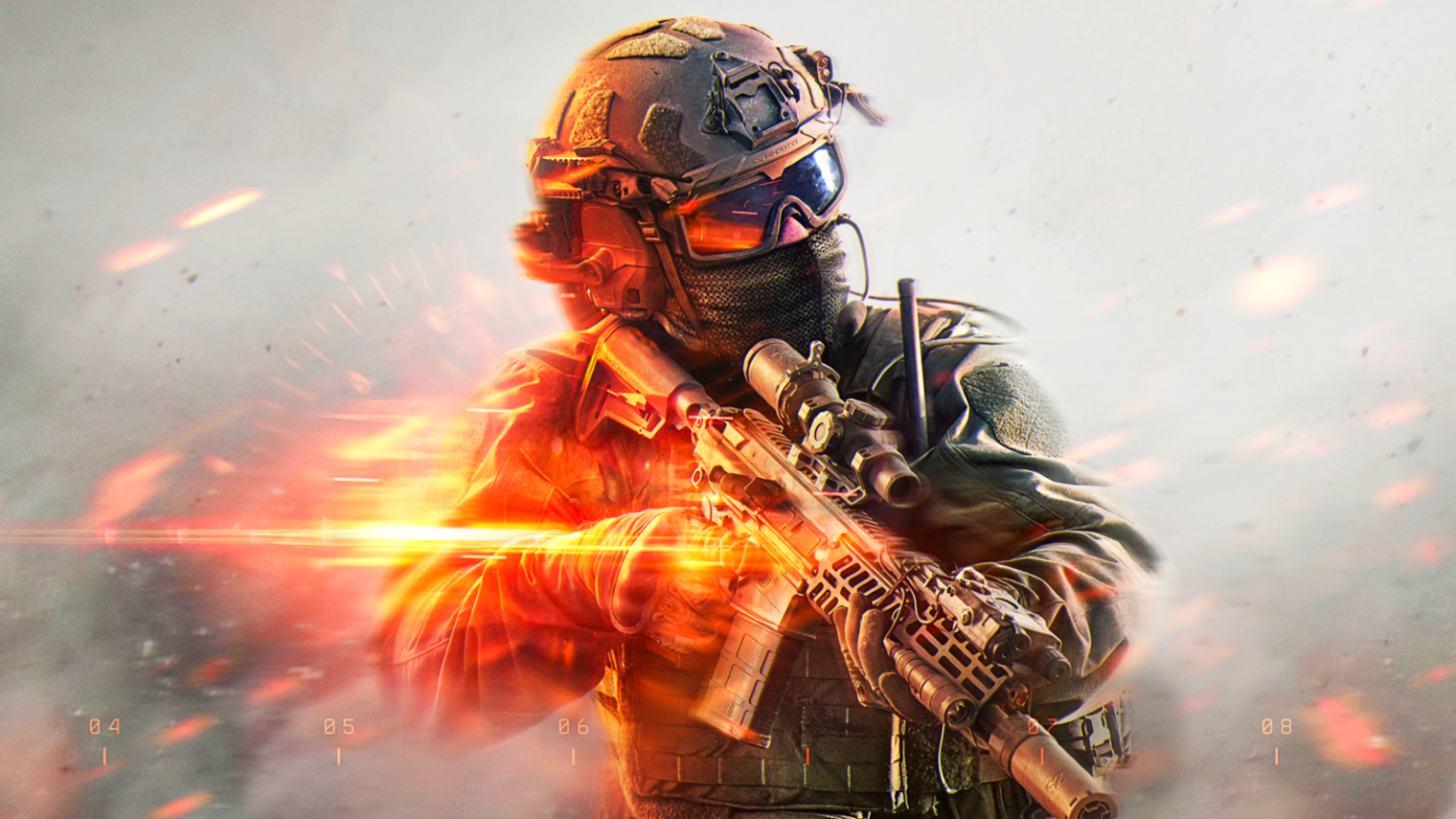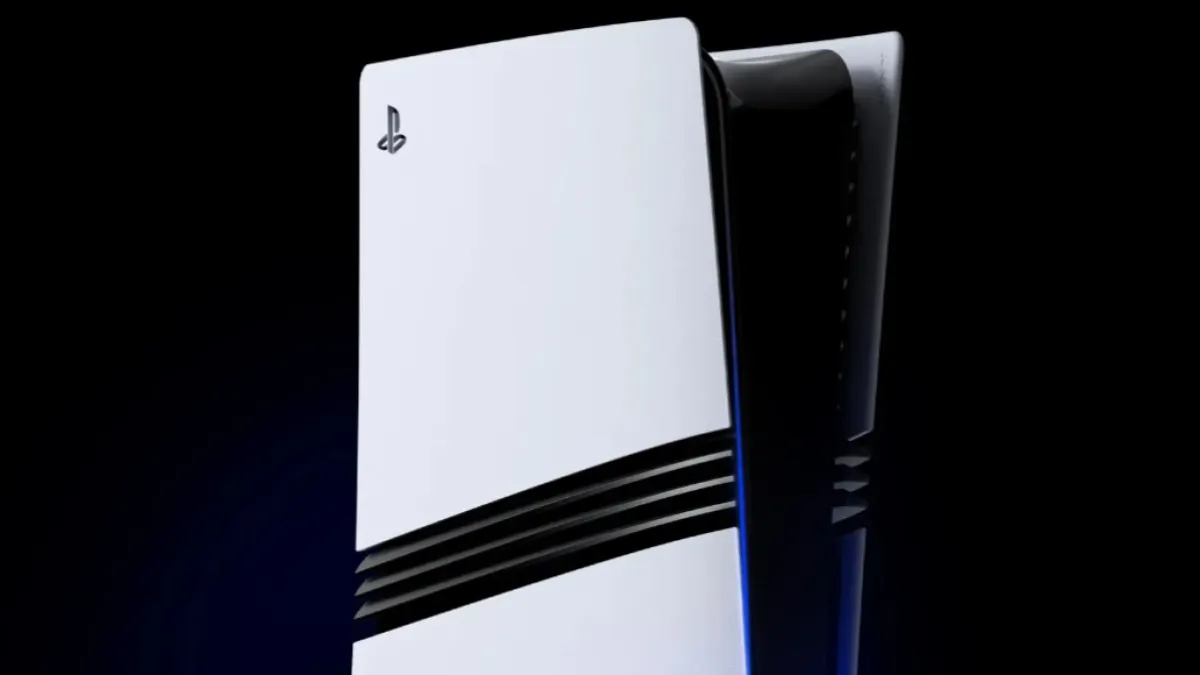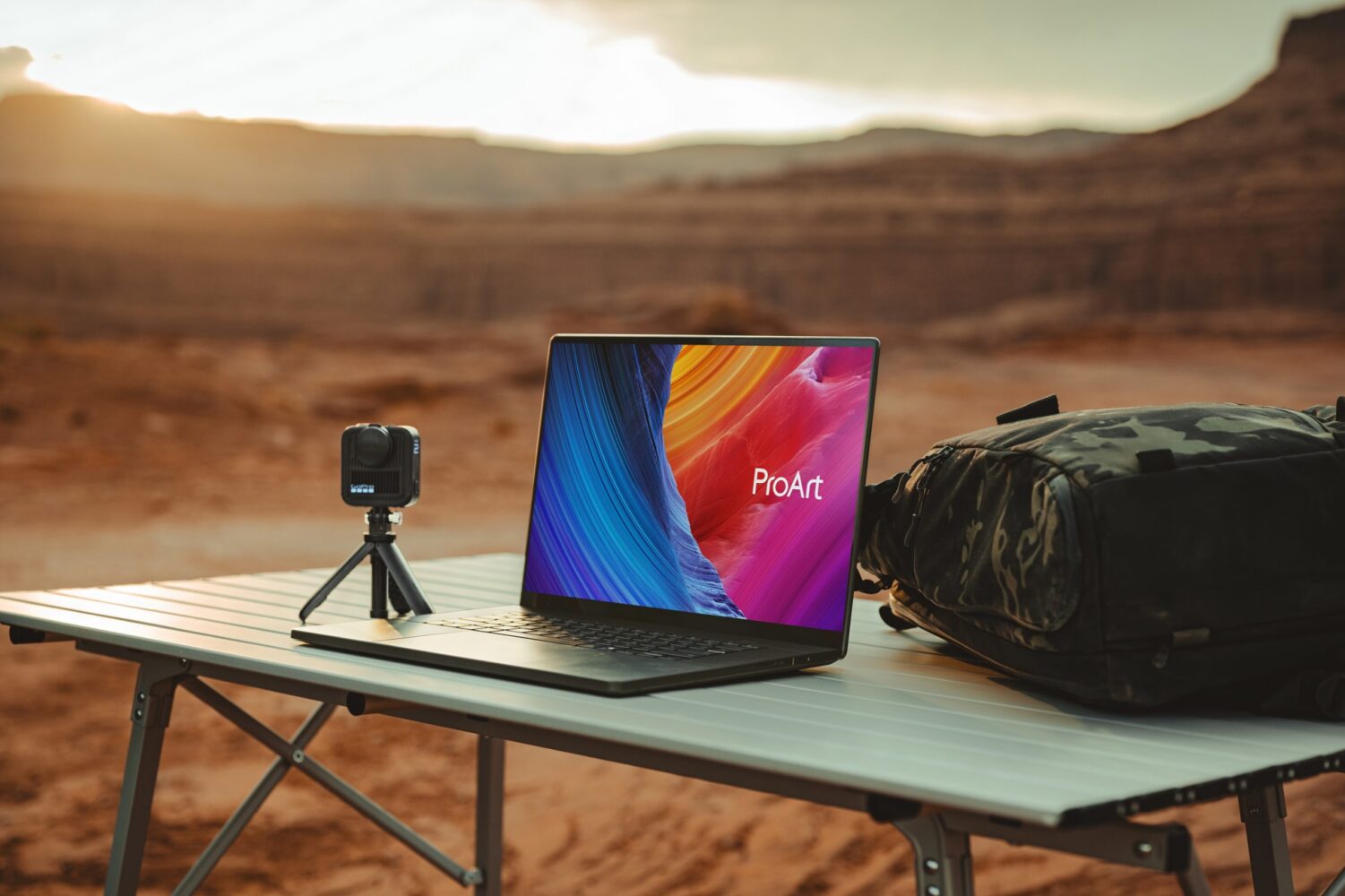TL;DR: Battlefield 6 is DICE’s triumphant return to form — a confident, explosive revival of everything that made the series legendary. The campaign looks and sounds spectacular but plays it safe with a predictable story and familiar archetypes. Where the game truly shines is multiplayer: the classic four classes are back, destruction is smarter and more tactical, and gunplay feels the best it has in years.
Thoughtful map design, perfectly scaled 64-player battles, and top-tier audio bring back the cinematic chaos fans love. Progression is grindy and the lack of a server browser stings, but overall, Battlefield 6 recaptures the unscripted joy of large-scale war gaming in a way we haven’t seen since Battlefield 4
Battlefield 6
After years of experimentation and frustration, DICE’s latest war epic brings Battlefield back to its roots with bombastic action, refined mechanics, and just enough heart to make you believe again.
As a long time Battlefield player, there’s something about a new Battlefield release that always feels like an event.
The hum of jet engines, the distant crackle of rifle fire, the thunderous collapse of a skyscraper. DICE has always been a master of chaos, of controlled anarchy that turns modern combat into cinematic destructive poetry.
Battlefield 6, the latest entry in the franchise, carries that familiar energy but with a different tone that just screams confidence. After the missteps of Battlefield 2042, this is a studio that seems to have taken a long, hard look at what made players fall in love with the series in the first place and for the most part, they’ve delivered.
A predictable campaign
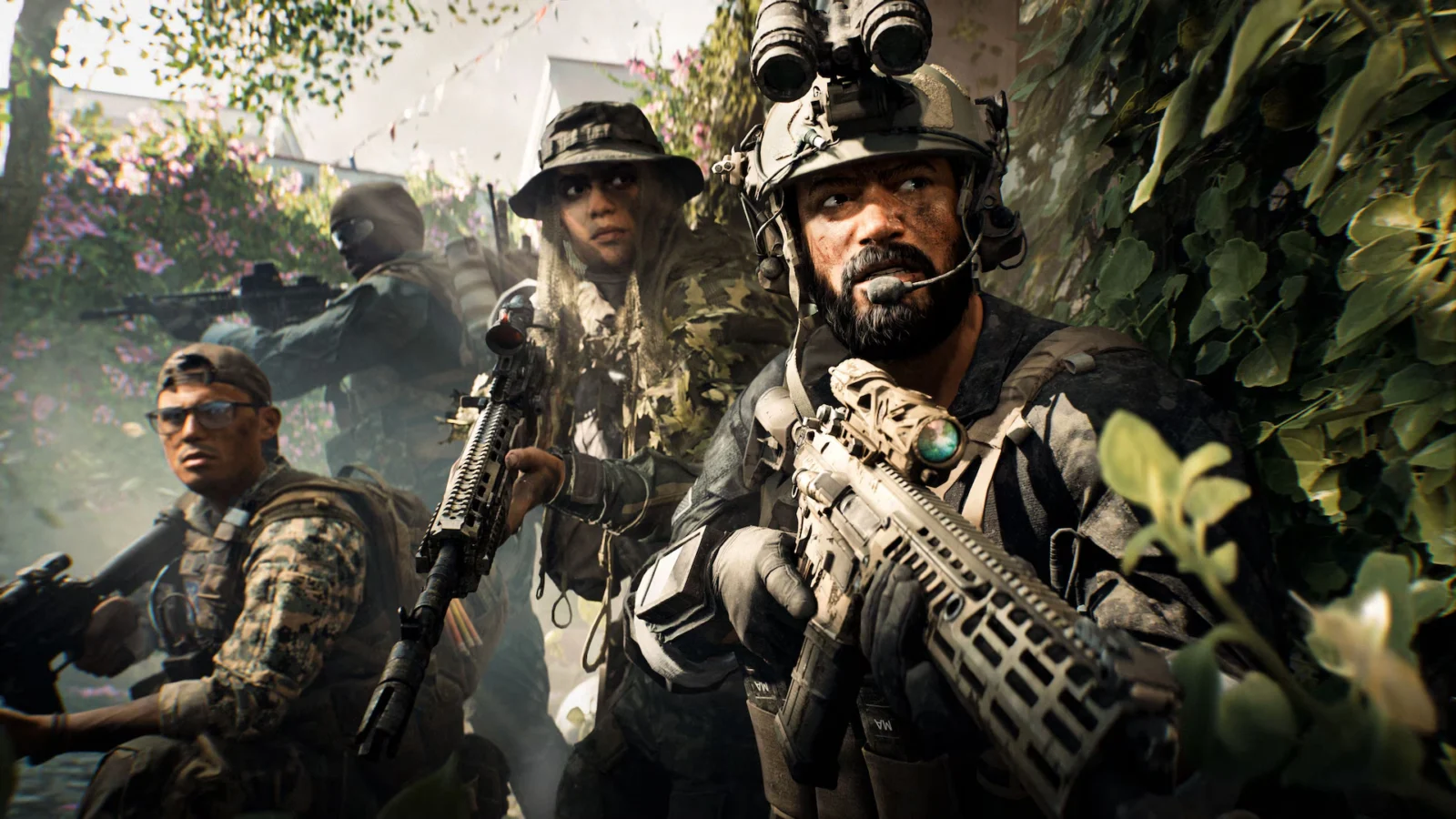
Starting off with the campaign, from the opening moments of its campaign, Battlefield 6 shows you that you’re not a nameless specialist or faceless operator. You’re part of a squad again, a team of soldiers thrust into a global crisis where loyalties are often blurred. NATO faces off against a paid milita called PAX armata ( the same where you face each in other in multiplayer as well.) This was probably the safest bet DICE had given the complex geopolitical situations happening in the real world.
The story revolves around Task Force Dagger 13, a multinational unit fighting against the private military syndicate Pax Armata, whose rise threatens to destabilize an already fractured world order. It’s familiar narrative territory for Battlefield shadow wars, covert ops, collapsing alliances similiar to what we saw in Bad Company.
The campaign’s greatest strength lies in its presentation. Visually, it’s a marvel. On PC and next-gen consoles, the lighting, textures, and particle effects make every explosion feel immersive. And running on my i9-10900K and RTX 3070, I still got the most out of it.
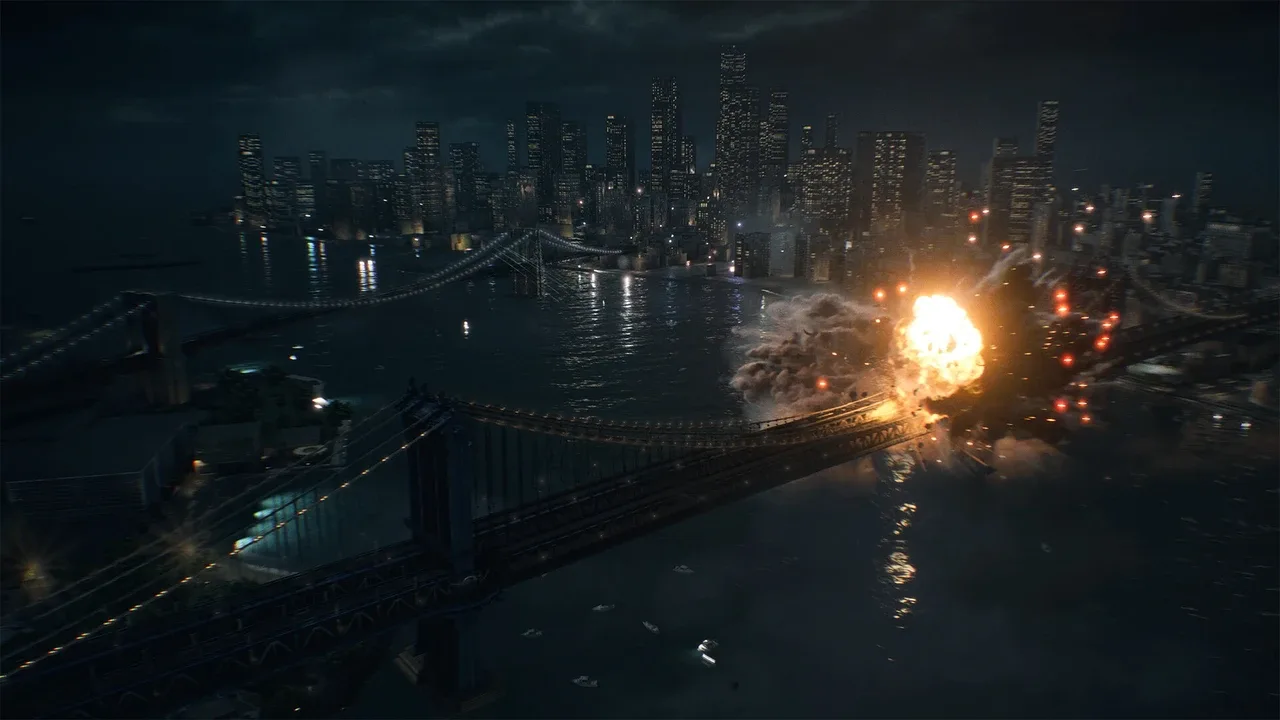
The Frostbite engine has always been DICE’s secret weapon, and here, it’s firing on all cylinders. Audio, too, deserves special mention this is a game that understands how sound defines gameplay. Gunfire echoes differently depending on your surroundings; jets roar overhead with bone-rattling force. It’s the kind of sensory overload that Battlefield fans live for. While campaigns aren’t Battlefield’s strong suit, I can appreciate the scale and spectacle of the event where set pieces are enormous.
One mission drops you into a city torn apart by drone warfare, another sends you storming through the streets of Egypt. That said, the campaign isn’t without its cracks. I encountered several bugs, not game breaking but enough to find some scenes more funnier than the developers intended.
But for all its cinematic brilliance, the storytelling itself feels formulaic. You’ve seen these characters before, the stoic leader, the grizzled veteran, the rookie with something to prove.
Their dialogue borders on cliché, and emotional beats rarely land the way the explosions do. The missions are thrilling, but so predictable. A stealth segment here, a tank battle there, and the obligatory “hold the line” finale that feels more like checklist design than inspired writing. It’s short, too. Five hours if you’re methodical, less if you’re efficient. But perhaps that’s intentional. Battlefield’s true heart has always been its multiplayer, and that’s where this entry shines brightest.
Multiplayer is a love letter to the community
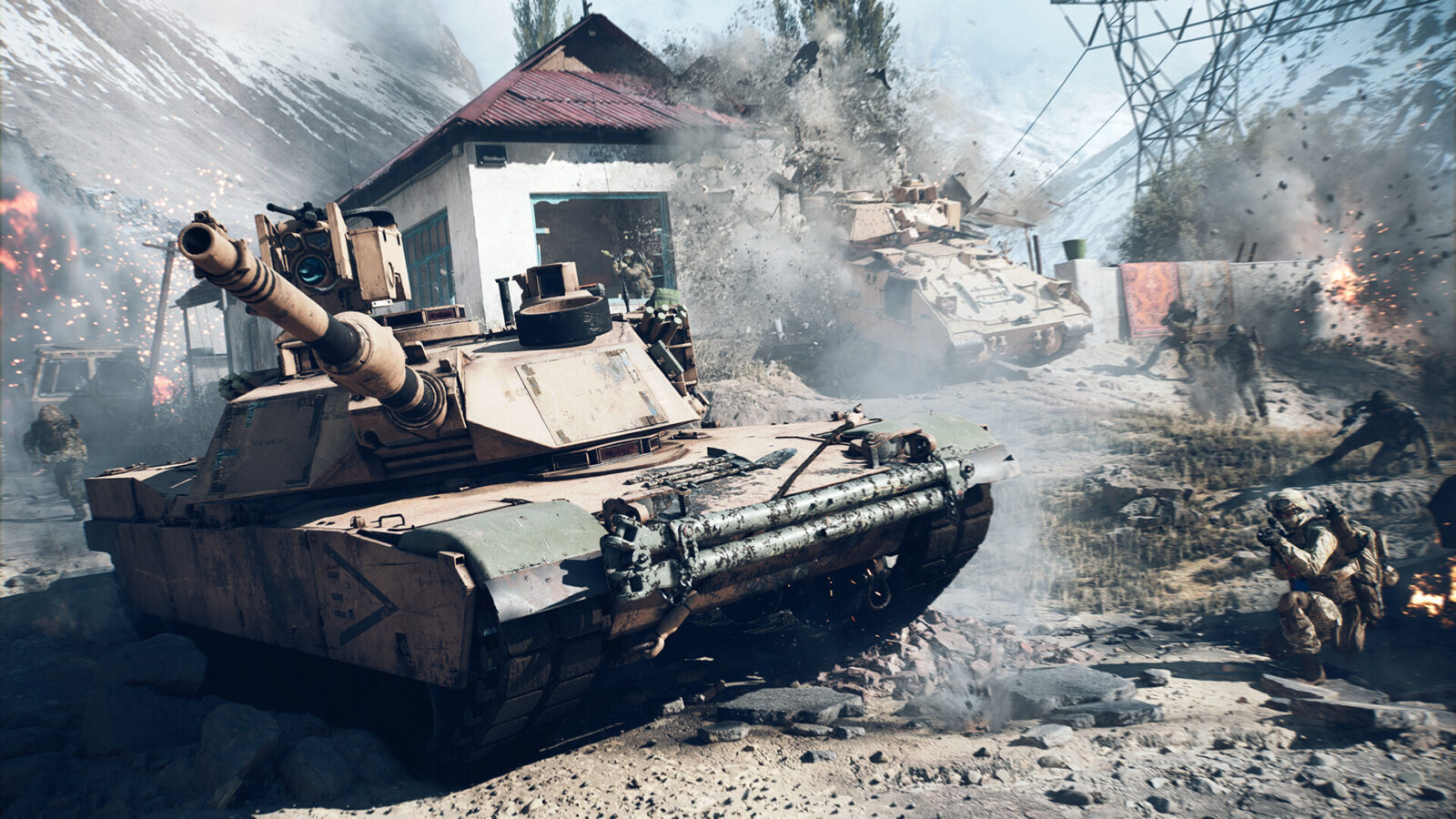
For longtime fans of the series, Battlefield 6’s multiplayer feels less like a reinvention and more like a homecoming. It’s a deliberate return to the roots that defined the franchise massive combined-arms warfare, squad-based tactics, and the exhilarating unpredictability that happens when infantry, tanks, and aircraft collide in one sprawling sandbox.
After years of experimentation, DICE seems to have listened to its community. The gimmicks are gone, the fundamentals are refined, and the result is a Battlefield experience that feels grounded, focused, and rewarding in a way we haven’t seen since Battlefield 4.
The first thing veterans will notice is how clean and purposeful the class system feels again. The traditional four—Assault, Engineer, Support, and Recon—are back, each with clear roles and gear that complements teamwork rather than individual showboating.
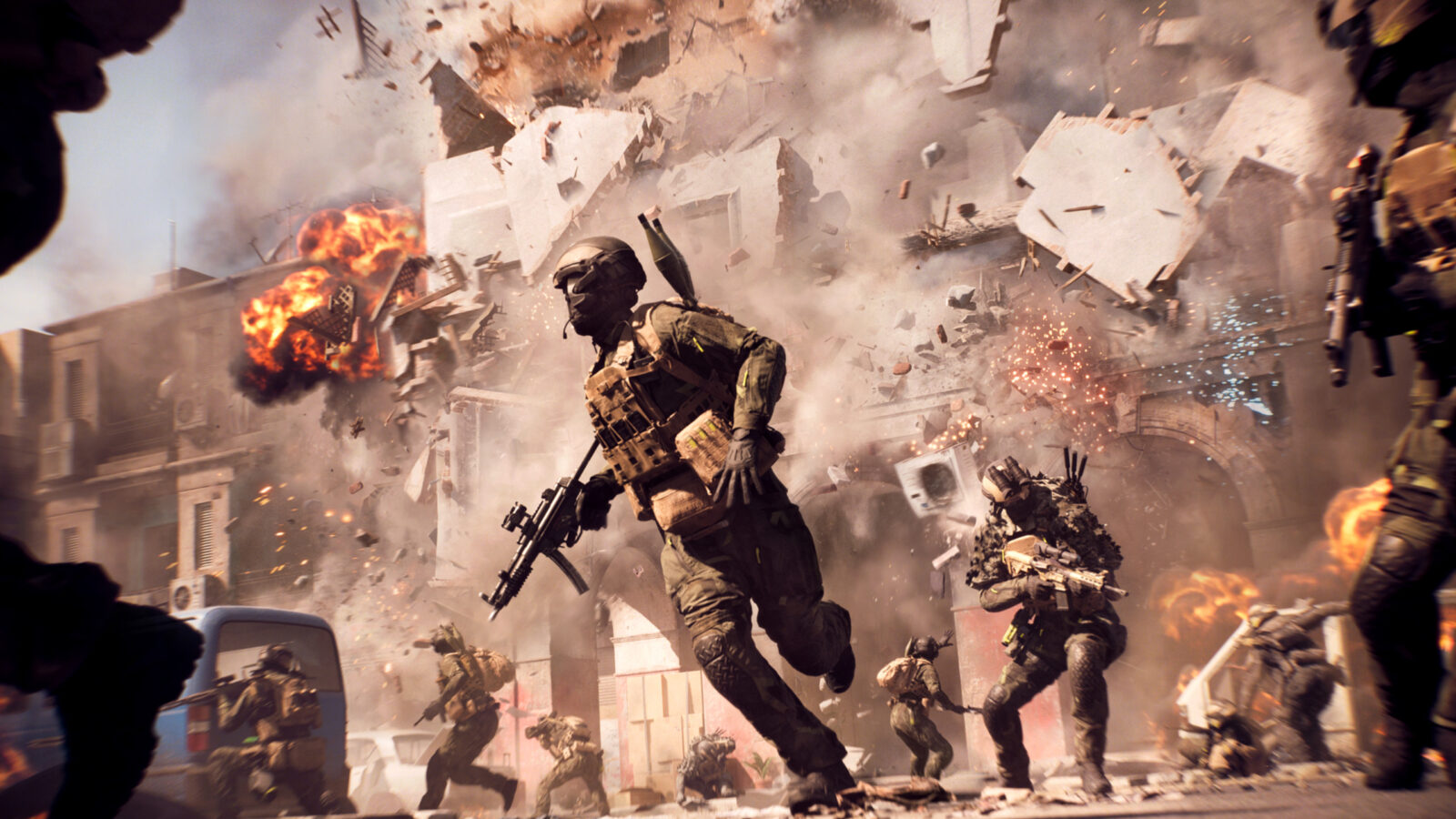
It’s a welcome departure from the “specialist” system of 2042, which blurred the lines between roles and eroded that sense of interdependence. Here, each class matters. The Assault pushes objectives, the Engineer keeps armor rolling, the Support revives and resupplies, and the Recon scouts ahead or anchors long-range defense. When squads coordinate properly, the flow of combat feels dynamic and alive and I found myself switching to make sure objectives are achieved, especially in conquest.
Map Design with Purpose and Destructive Depth
Map design in Battlefield 6 also channels this. Each environment whether it’s the dense urban warfare of a Middle Eastern metropolis or the open chaos of a tundra oil field feels built with intention.
Destruction, a hallmark feature, returns in a smarter form: while you can’t bring every building to the ground for spectacle. It’s done smart so that you can reshape the battlefield in tactical ways. Blow open a wall to flank defenders, collapse a bridge to stall armor, or use debris for improvised cover, the environmental feels responsive and meaningful but I’ll admit, I do miss the chaos. However, blowing out a building’s foundation to flush out a sniper or collapsing a bridge to cut off enemy reinforcements never loses its thrill.
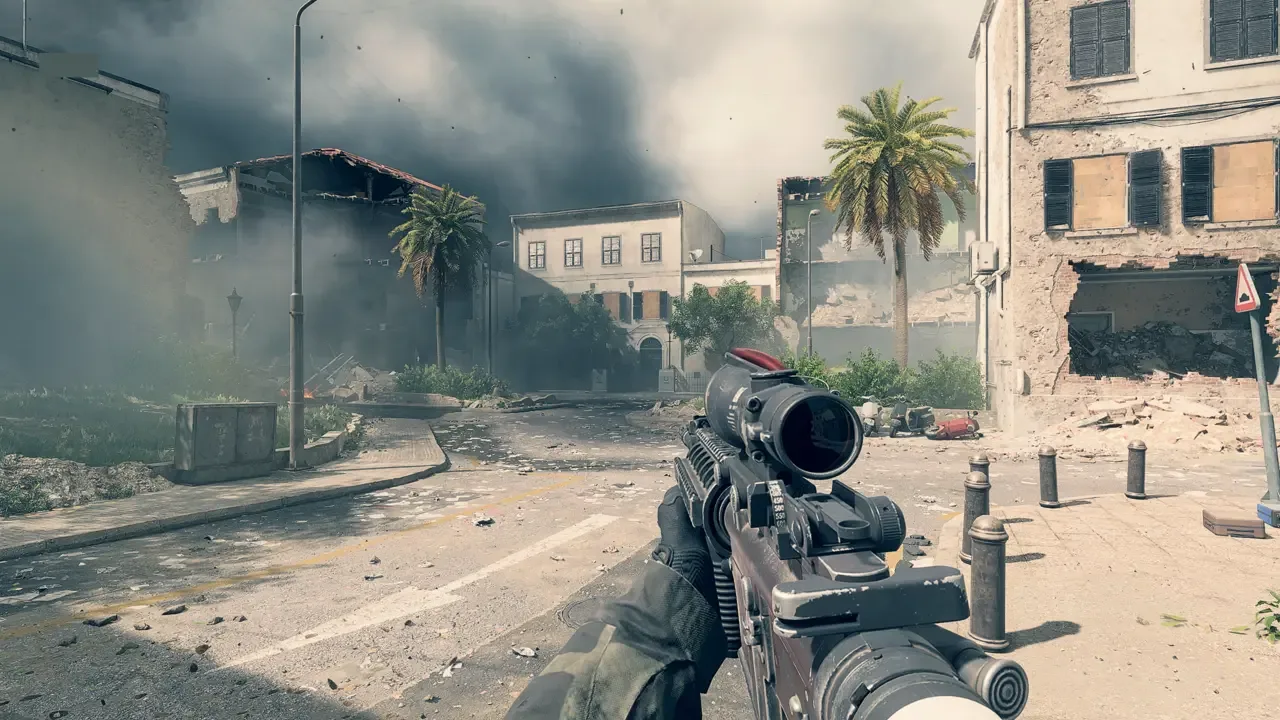
Gunplay That Feels Better Than Ever
Gunplay has also been tuned to near perfection. Every weapon, from assault rifles to DMRs, feels distinct yet balanced, with recoil patterns that reward control and consistency. There’s a tactile satisfaction to firefights that Battlefield had been missing for a while—the kick of a well-placed burst, the crack of a sniper shot echoing through the fog, the suppressed rattle of close-quarters combat in confined interiors. Audio design deserves praise too: positional sound cues, bullet zips, and distant explosions all create the unmistakable tension of a battlefield alive around you. For fans who remember the visceral clarity of Battlefield 3 and 4’s soundscape, this is a welcome return.
Gunplay has also been tuned to near perfection. Every weapon feels distinct yet balanced, with recoil patterns that reward control and consistency. There’s a tactile satisfaction to firefights that Battlefield had been missing for a while the kick of a well-placed burst. I found myself as a support main, taking the SMG for close quarter fights and let me tell you just pulling the trigger, is a dopamine hit. Audio design deserves praise too. Positional sound cues, bullet zips, and distant explosions all create the unmistakable tension of a battlefield alive around you. For fans who remember the visceral clarity of Battlefield 3 and 4’s soundscape, this is a welcome return.
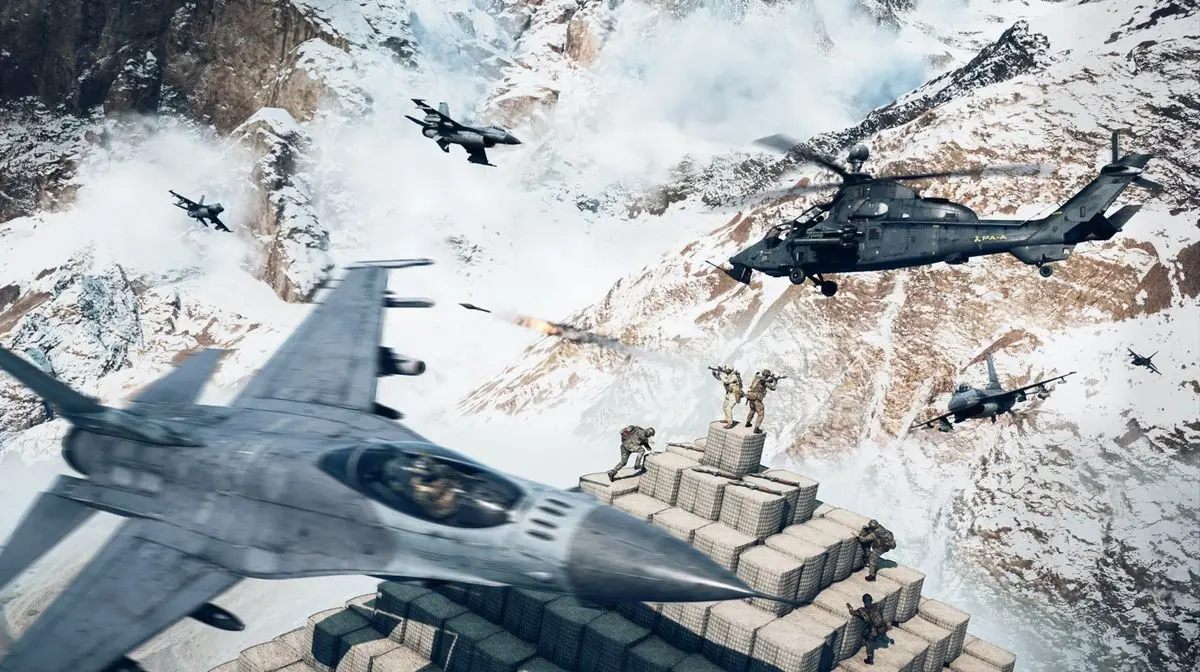
Scale, Balance, and the 64-Player Sweet Spot
Where Battlefield 6 impresses most, though, is in its sense of scale. The decision to return to 64-player matches strikes the perfect balance between intensity and readability. Battles are large enough to feel epic, but not so bloated that they become disorienting.
Objectives remain focal points rather than scattered, and every vehicle or squad can influence the tide of a match. Helicopters and jets play a vital but not overwhelming role, while tanks and APCs provide heavy backbone support without dominating the map. Infantry remains the core of every engagement, and the rhythm of attack-defend cycles feels like classic battlefield.
Final Thoughts: The Unsurpassed Joy of War Gaming
Not everything is perfect, of course. Progression can feel slow, with weapon unlocks and attachments gated behind longer-than-necessary grinds. And while matchmaking is generally smooth, the absence of a traditional server browser limits the kind of community experiences that defined older Battlefield titles like custom servers, roleplay modes, or clan rivalries that lived for months. The “Portal” feature offers some flexibility, allowing players to create their own rulesets and mashups across eras, but it doesn’t fully replicate that nostalgic, open-lobby magic of Battlefield’s early days.
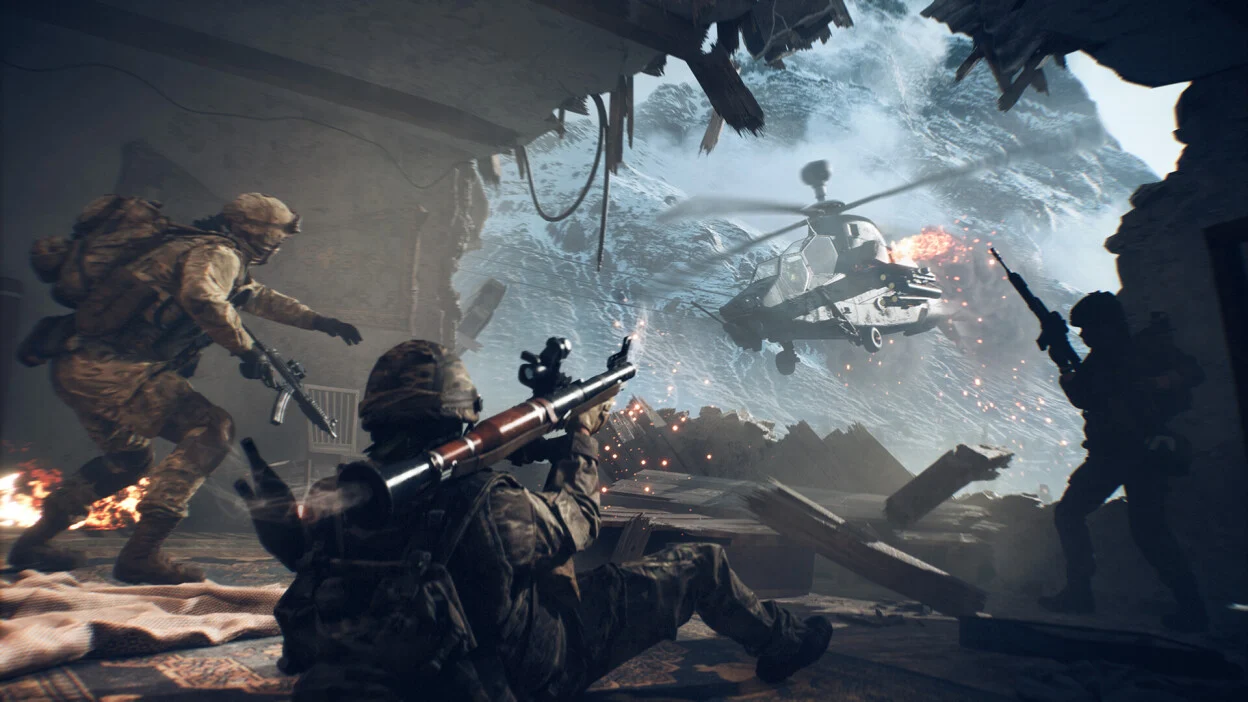
Still, none of those gripes outweigh what Battlefield 6 gets right. It’s a multiplayer experience that understands its own identity again, It more than compensates for its flaws with a lot of replay value.
In those fleeting moments it something that few shooters do anymore. The sheer, unscripted joy of war gaming.

